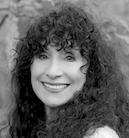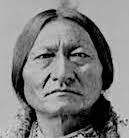Prairie Winds
Buffalo, Trombone and Flute Chorales
This piece is now available on the Nature Suite CD and also can be found online (YouTube, Apple Music ,etc.). FYI: In the Tidbits section below, a direct link to listen on YouTube is available.
- Diane Ackerman
- Sitting Bull
(click to expand/collapse)
- Randy Winter
- Ten Bears, Comanche war chief
- William Least Heat-Moon
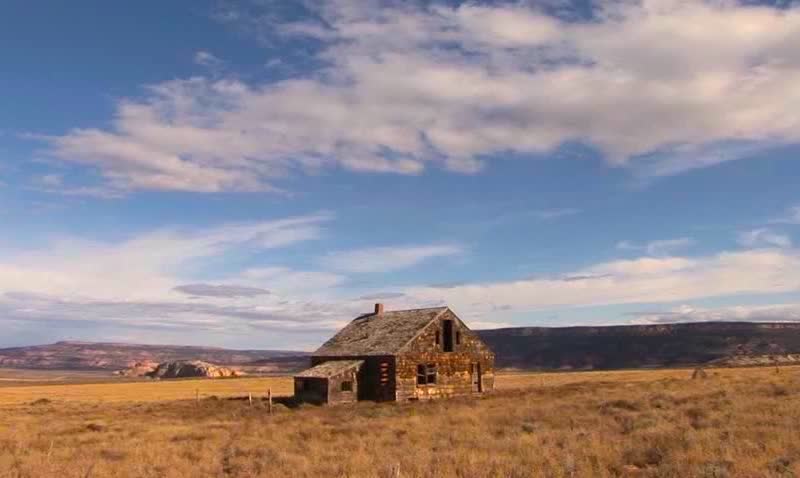
(click to expand/collapse)
Prairie Winds
There’s an inherent poignant sadness to the U.S. prairies. Its an endless monotony to some while to others its a landscape of strangely seductive beauty. The Great Plains have a fascinating history - its prairie lands have always been misjudged and misunderstood. This composition tries to capture that melancholy as well as its vastness and elusive grandeur.
Listen (YouTube) - link opens on a separate tab/window to allow simultaneous online listening: Prairie Winds
History
The prairie can be a harsh environment. Before the European “invasion”, enormous herds of buffalo roamed the landscape and sustained the Native Americans.
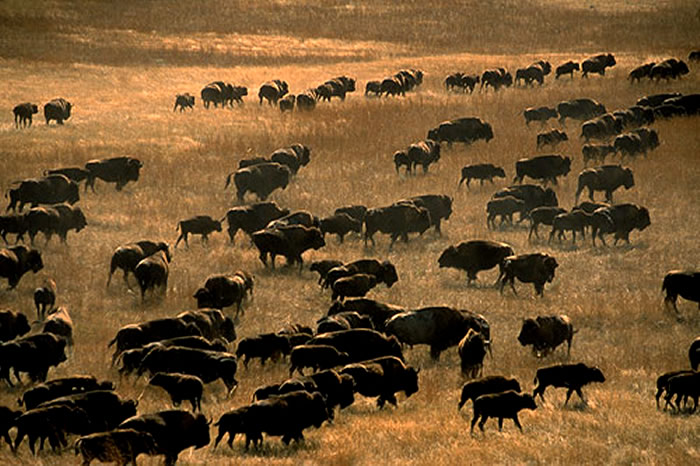

Once the frontier was criss-crossed with an increasing number of covered wagon trains and the transcontinental railroads were built, the buffalo was nearly exterminated! At this point in time, pioneering homesteaders tried desperately to eke out a meager existence as farmers.
The Dust Bowl
During the 1930s, a lengthy and severe drought caused massive dust storms and forced tens of thousands of poverty-stricken families to abandon their farms. Between 1930 and 1940, approximately 3.5 million people moved out of the Plains causing one of the largest migrations in American history.
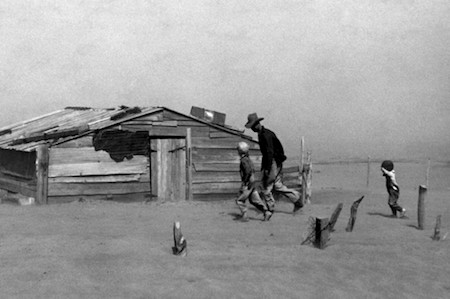

The Heartland
Now of course the Great Plains are a source of American pride and patriotism. “Amber waves of grain” and the never-ending open road across miles and miles of corn fields ironically serve as metaphors for freedom and the restless American spirit.
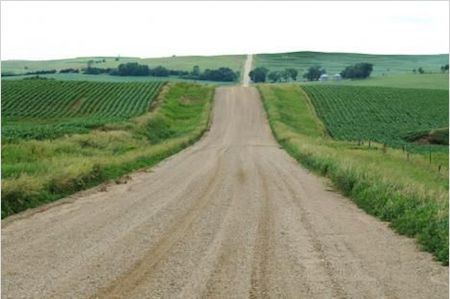

Music
The soundscape opens with the sound of wind and a buffalo stampede in the distance. A plaintive melody is heard on the Native American flute slowly giving way to a trombone chorale. A “flute” quartet (Native American flute accompanied by recorders) follows.
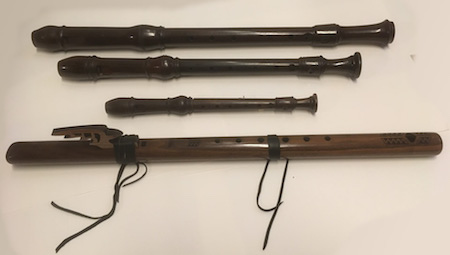

Languid and peaceful, evocative of the prairie’s vast flat emptiness, both the trombone and the Native American flute take solos in the improv section.
After the solo section, the plaintive melody returns and the motif is passed amongst the trombones and flutes in a more complex antiphonal setting. Lastly... the relentless winds finish the piece, a reminder of the stark and harshness of the prairie winters.
